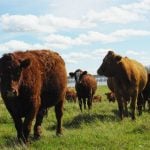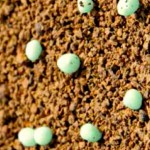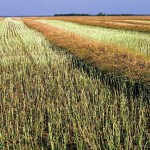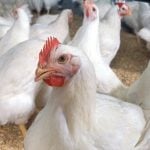
Features

Be prepared for fire so your assets don’t go up in smoke
“That will never happen to us,” we all think. Until it does

Using ecological systems
Diversified, long-term crop rotations can pay off for Prairie farmers with strong management skills who are prepared to invest the time to carry them out

Fertilizing winter wheat
With new polymer-coated nitrogen products on the market, winter wheat growers have one more option when it comes to fertilizer decisions

Floating your fall fertilizer
With new fertilizer products on the market and new machinery available, fall-applied fertilizer could be your solution

Detect and avoid bacterial leaf streak
Last summer, bacterial leaf streak was found in fields in southern Alberta. For best control, avoid infected seed
Bacterial leaf streak (BLS) and black chaff occur in cereal crops around the world. In 2010, BLS in wheat was declared an emerging problem in Minnesota, North Dakota, and South Dakota. In 2013, it was found in a number of fields in southern Alberta. BLS can cause significant yield loss on some cereal varieties, but, […] Read more
Carbon in your soil
Carbon levels vary across the Prairies. The ideal amount depends on yield expectations and the local climate
Monitor that monitor
There are different ways of calibrating a yield monitor. What's yours?

Life insurance alternatives
Banks push mortgage life insurance, but there are cheaper, more flexible alternatives

Timing the canola harvest
When it comes to bringing the canola in from the field, the right timing is crucial

Drying with desiccants in pulse crops
Desiccants can simplify pulse crop harvest and weed control, but make sure to read the label and know your MRLs


